Recent Posts of Business models
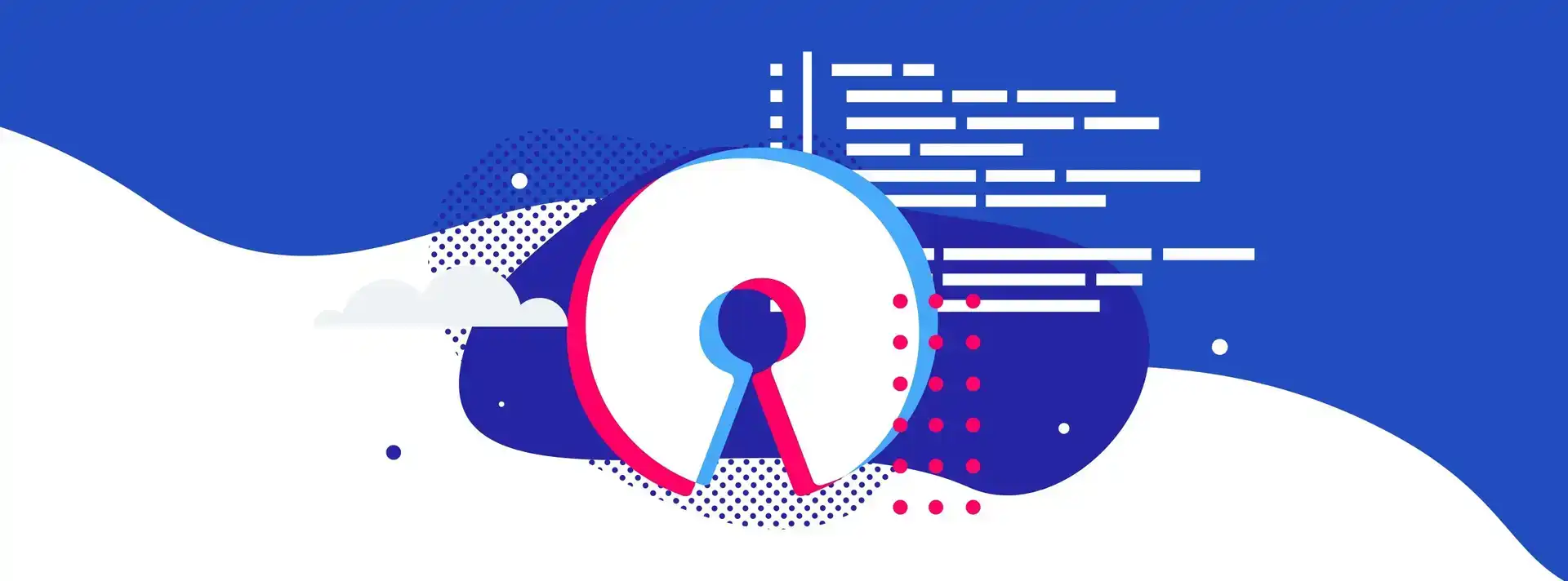
17 June, 2020
In our 18th survey wave, we’ve asked developers whether they contribute to open-source software, and if so, why? In this post, we’ll explore who the contributors to open-source software are, their reasons for contributing, and finally what open-source support they expect from companies. Open-source contributors tend to be younger than non-contributors. More than a third […]
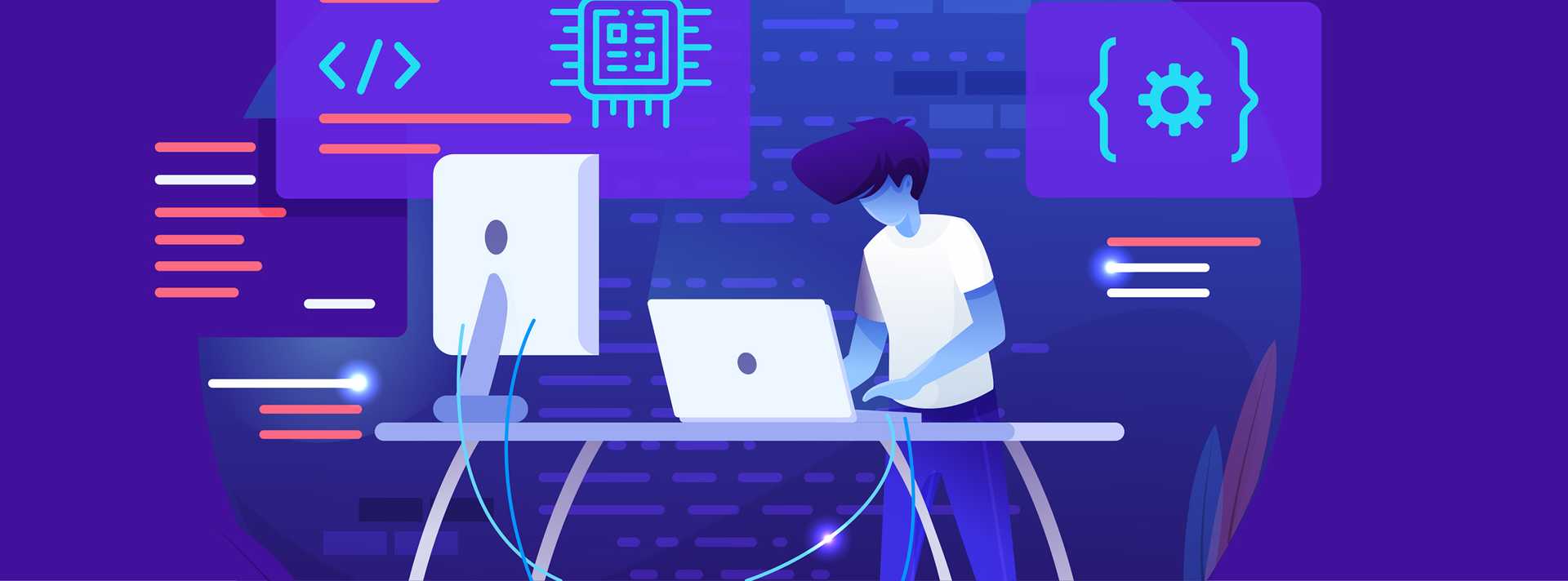
08 June, 2020
In this blog post we’ll explore where ML developers run their app or project’s code, and how it differs based on how they are involved in machine learning/AI, what they’re using it for, as well as which algorithms and frameworks they’re using.

11 May, 2020
You are finally ready to pursue your career as a developer. Well, a big fat congratulations to you! It’s high time your homework begins! Whatever you choose to become, it does require a sincere commitment of time, effort, and resources (e.g. developer certification programs). You will need to make some hard choices such as which […]
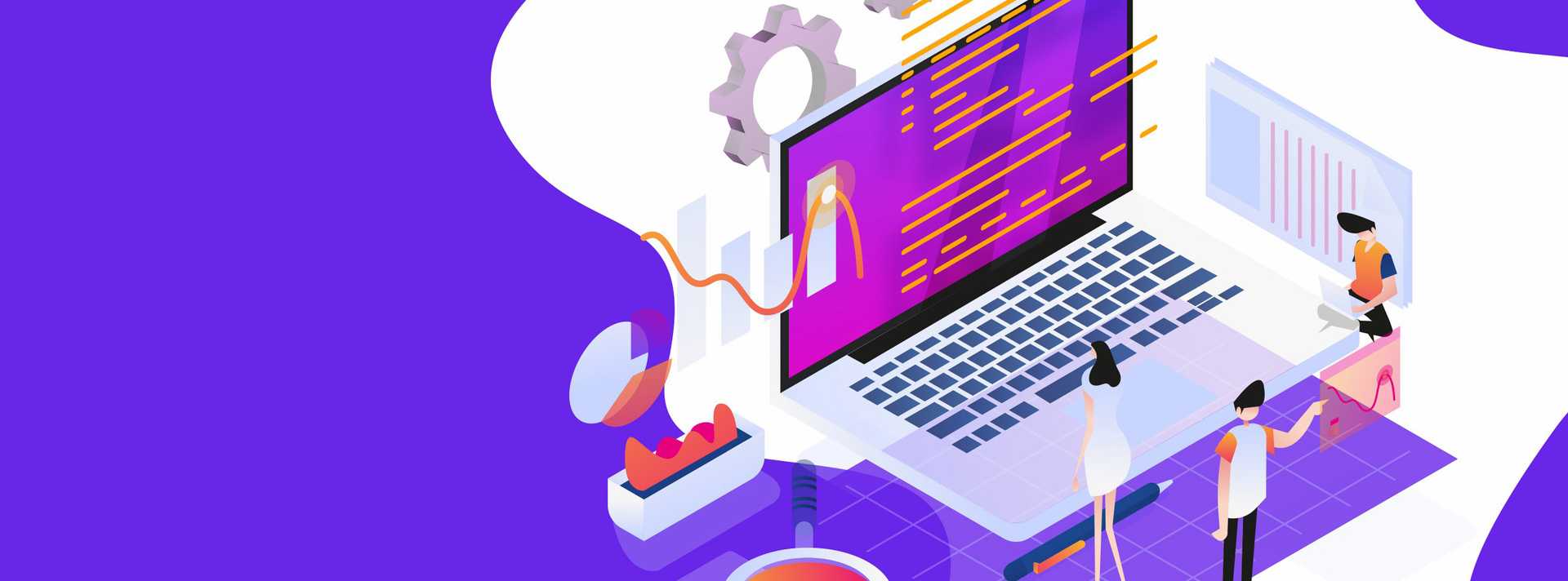
04 May, 2020
Every year we conduct two global, independent developer surveys engaging more than 30,000 developers. We track development trends across platforms, revenues, apps, tools, languages etc. The 18th Developer Economics survey ran from November 2019 to February 2020 with more than 17,000 developers and tech-makers participating, allowing us to analyze and understand development trends on major […]
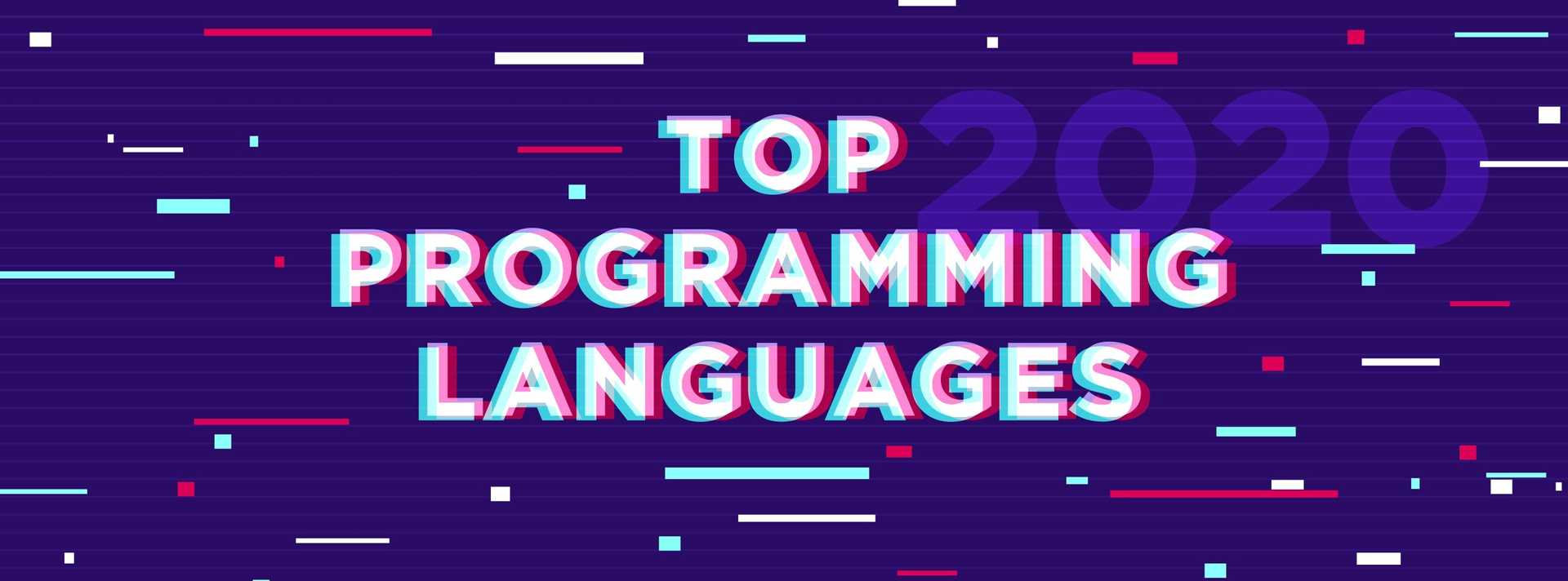
16 April, 2020
Which programming languages the developer nation uses the most? Our data reveal which programming language communities are rising faster than others, which are dropping down the rankings, and which are the new additions to the club! Take a look at our infographic containing key findings from our Developer Economics Q4 2019 survey. First of all, […]

06 March, 2020
Did you know that more developers are team players than loners? If you are like us, you probably love these kinds of facts. You can find more of these in our State of Developer Nation Report (SoN). This edition includes a chapter on Developer Psychographics. The SoN report comes as a result of our Developer Economics […]

17 February, 2020
The Developer Economics Survey Q4 2019 has just closed and we couldn’t be more excited to see what our community has to tell us, not only through the survey but also through its valuable feedback comments. Οur mission is to help the world understand developers and developers explore current trends in their industry. In order […]

03 January, 2020
For the first time in our Q2 2019 Developer Economics survey, we tried to introduce developers in their own words by asking them about how they see themselves. We provided a set of 21 words and asked them to choose up to five to form a word sketch of their personality. We also gave them […]
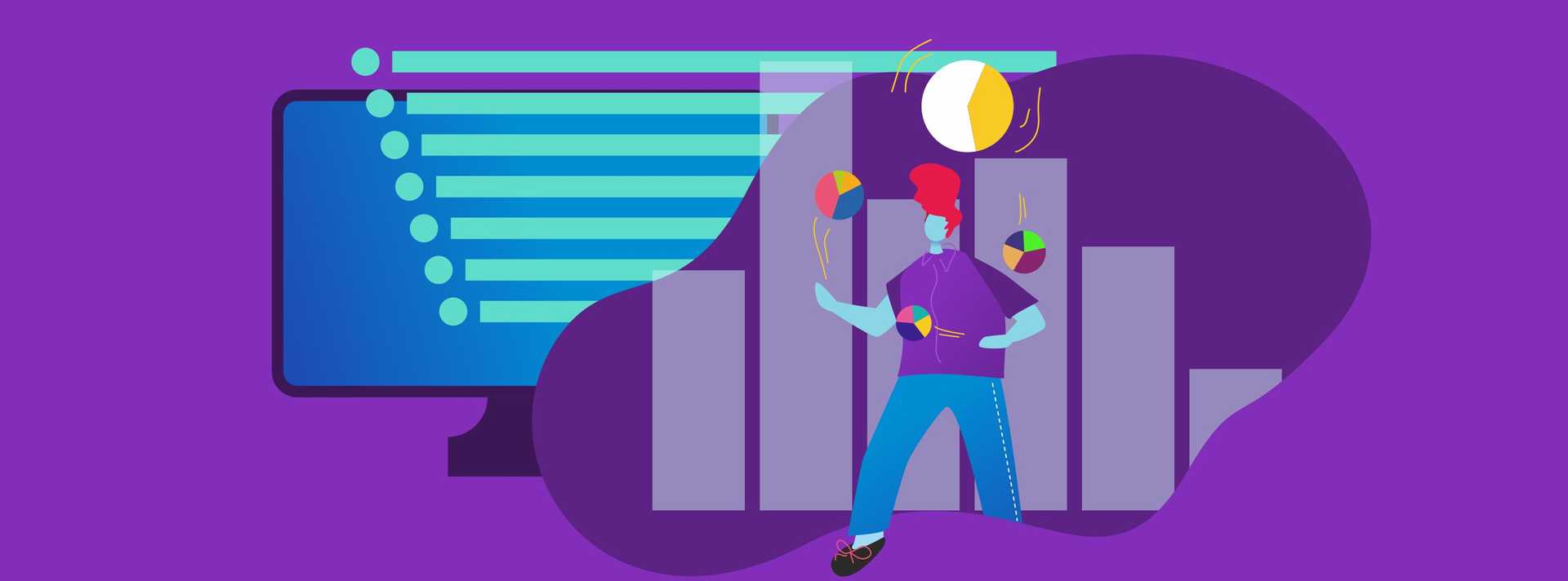
10 December, 2019
First of all – thank you. Thank you for taking, or even for just considering taking, our Developer Economics Survey. Some of you have given us feedback (yes, we do read all of it!) asking what the survey is about, where we use the data, why we do this, and “who are you people anyway”? […]
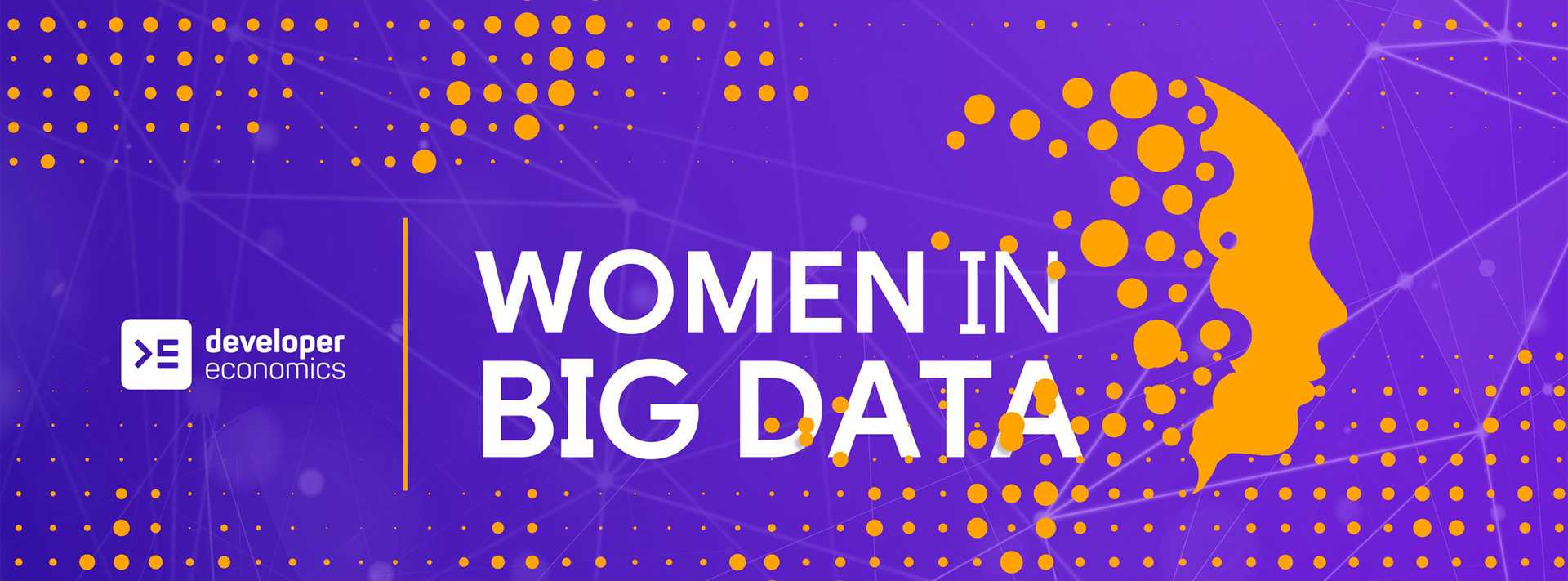
06 December, 2019
It is increasingly recognized that a successful workplace depends on diversity and inclusion in any organization. Moreover, we now have proof of the correlation between gender diversity and better business performance. Efforts are made to increase diversity in the more traditional ecosystems, i.e including women in tech, finance or data analytics. However, data show we […]